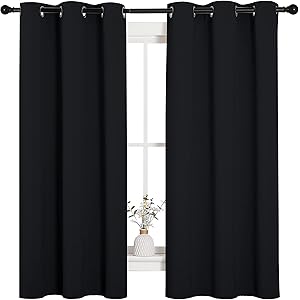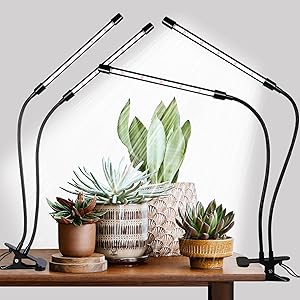Understanding Turkish Rugs
Turkish rugs, known for their intricate designs and vibrant colors, are a significant part of Turkey’s rich cultural heritage. These rugs, often handwoven using traditional techniques, reflect the artistic expression of various regions in Turkey. The craftsmanship involved in creating Turkish rugs is passed down through generations, making each piece unique and valuable. The materials used, such as wool, silk, and cotton, contribute to their durability and aesthetic appeal, making them a popular choice for home decor.
The History of Turkish Rugs
The history of Turkish rugs dates back to ancient times, with evidence of rug-making found in archaeological sites across Turkey. These rugs were originally used for practical purposes, such as providing warmth and comfort in homes. Over time, they evolved into decorative pieces that showcased the artistry and skills of Turkish weavers. The significance of Turkish rugs can also be seen in their use in religious and ceremonial contexts, highlighting their importance in Turkish culture.
Types of Turkish Rugs
There are several types of Turkish rugs, each with its own distinct characteristics and styles. Some of the most popular types include Hereke, Kayseri, and Bergama rugs. Hereke rugs are known for their fine craftsmanship and intricate patterns, often made from silk. Kayseri rugs, on the other hand, are characterized by their bold colors and geometric designs. Bergama rugs are typically more rustic, featuring tribal motifs and a thicker pile. Understanding these types helps buyers appreciate the diversity within Turkish rugs.
Materials Used in Turkish Rugs
The materials used in Turkish rugs play a crucial role in their quality and appearance. Wool is the most common material, prized for its softness and durability. Silk is often used in high-end rugs, providing a luxurious sheen and intricate detailing. Cotton is also used, particularly in the foundation of the rugs, offering strength and stability. The choice of materials not only affects the rug’s texture but also its longevity and maintenance requirements.
Traditional Weaving Techniques
Turkish rugs are primarily woven using two techniques: knotting and flatweaving. The most common method is the Turkish knot, which creates a dense and durable pile. This technique involves tying individual knots around the warp threads, resulting in a thick, plush surface. Flatweaving, on the other hand, produces a thinner, more lightweight rug, often featuring intricate patterns and designs. Both techniques require exceptional skill and patience, showcasing the artistry of Turkish weavers.
Design Patterns in Turkish Rugs
The design patterns found in Turkish rugs are deeply symbolic and often reflect the cultural heritage of the region. Common motifs include geometric shapes, floral designs, and medallions, each carrying its own meaning. For instance, floral patterns may symbolize fertility and growth, while geometric designs often represent harmony and balance. The colors used in these patterns also hold significance, with red symbolizing strength and blue representing peace.
Caring for Turkish Rugs
Proper care is essential for maintaining the beauty and longevity of Turkish rugs. Regular vacuuming helps remove dirt and dust, while professional cleaning is recommended every few years to preserve the colors and fibers. It’s important to avoid direct sunlight, as prolonged exposure can cause fading. Additionally, rotating the rug periodically ensures even wear, allowing it to maintain its original charm for years to come.
Where to Buy Turkish Rugs
When looking to purchase Turkish rugs, it’s essential to choose reputable sources. Many buyers opt for local artisans or specialized rug dealers who can provide authentic pieces. Online marketplaces also offer a wide selection, but it’s crucial to verify the seller’s credibility. Attending rug exhibitions or fairs can also be an excellent way to discover unique Turkish rugs and learn more about their history and craftsmanship.
The Investment Value of Turkish Rugs
Investing in Turkish rugs can be a wise decision, as their value often appreciates over time. Handwoven rugs, especially those made from high-quality materials and featuring intricate designs, can become valuable heirlooms. Collectors and enthusiasts often seek out rare pieces, making the market for Turkish rugs vibrant and dynamic. Understanding the factors that influence a rug’s value, such as age, condition, and provenance, can help buyers make informed decisions.
Turkish Rugs in Modern Decor
In contemporary interior design, Turkish rugs have found a place in various styles, from traditional to modern. Their vibrant colors and intricate patterns can serve as focal points in a room, adding warmth and character. Designers often incorporate Turkish rugs into eclectic spaces, blending them with modern furniture and decor. This versatility makes Turkish rugs a timeless choice for anyone looking to enhance their living space with a touch of cultural elegance.

